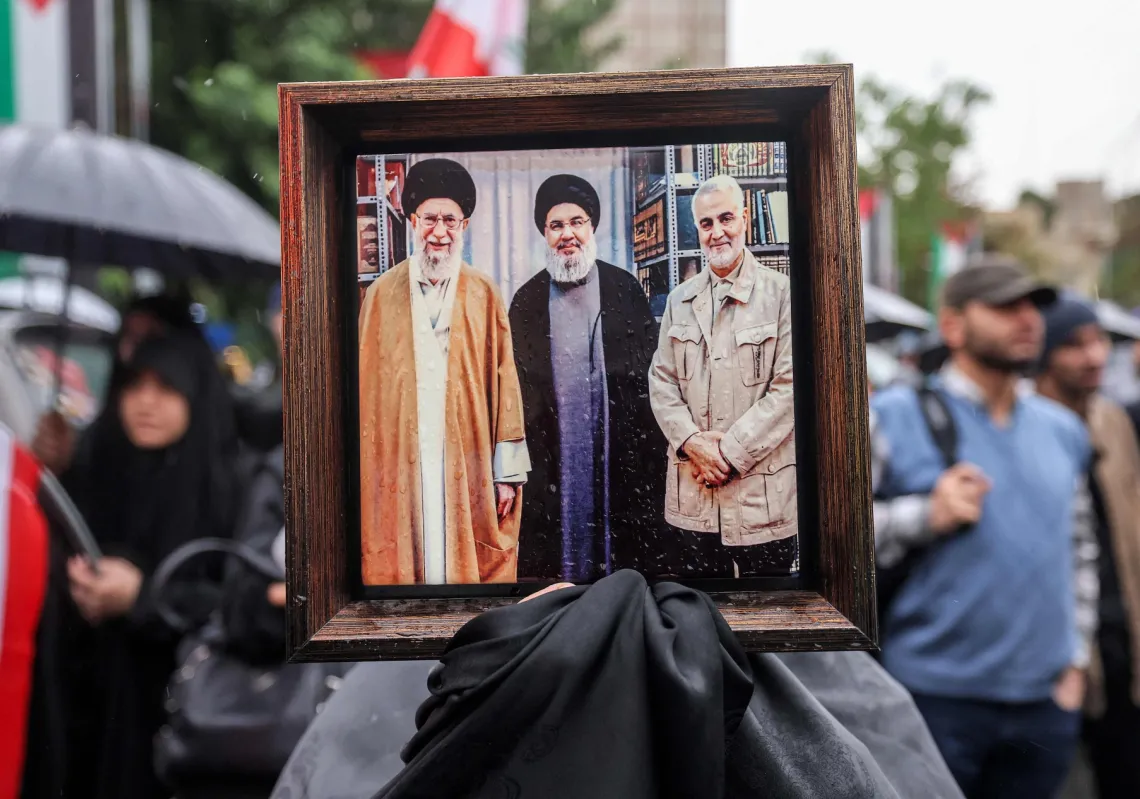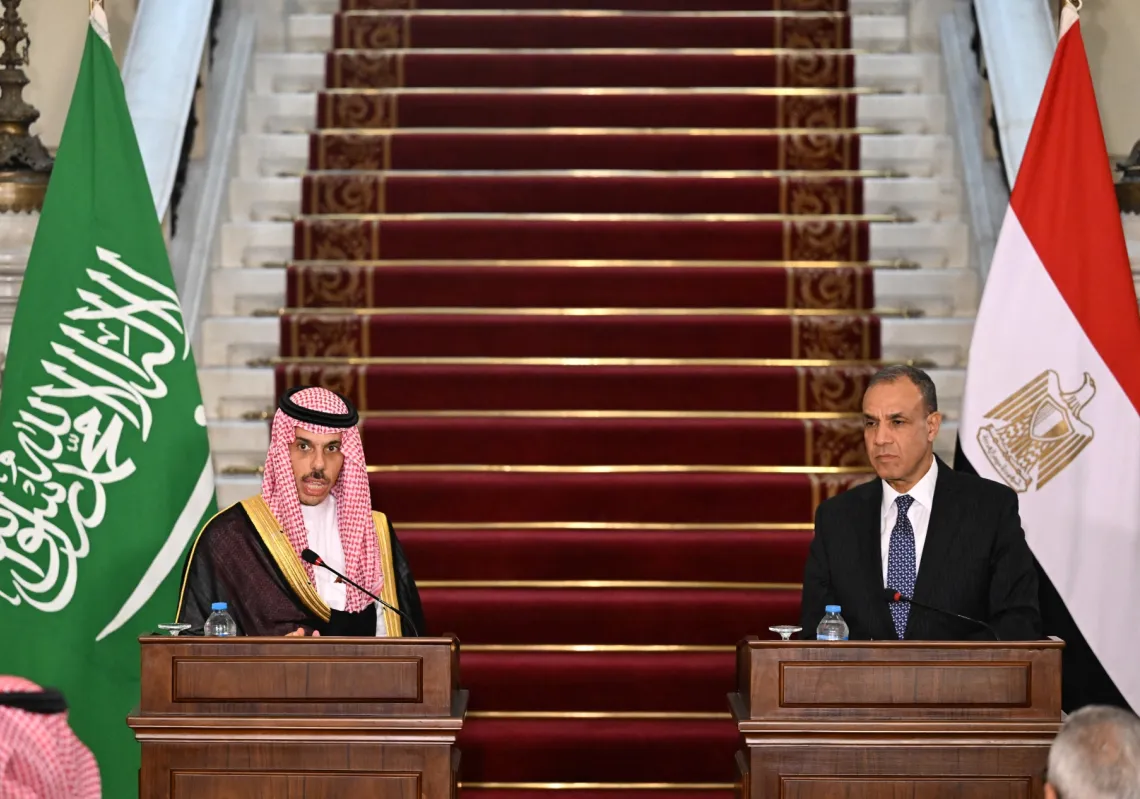The renowned Codex Sassoon 1053 of the Hebrew Bible was recently sold at Sotheby's Auction House for over $38 million, marking the highest price for this type of manuscript.
The tales of its smuggling and selling stories have sparked the imagination of many to suggest strange stories and spread exciting rumours with police plots.
Its previous owner, David Suleiman Sassoon (1880-1942) — a wealthy Jewish Iraqi millionaire — held it in higher regard than the other 1,200 manuscripts in his extensive collection throughout his lifetime.
The world's oldest and most complete Hebrew Bible, known as the Codex Sassoon, sold for $38.1 million, according to Sotheby's. The Codex Sassoon is named after the previous owner David Solomon Sassoon, who acquired the Bible in 1929. https://t.co/RCJtM8dxaE pic.twitter.com/oBos20dcGP
— CBS News (@CBSNews) May 18, 2023
This preference could be attributed to the perfection of its Masoretic text wrapped on two axes, or perhaps to its antiquity as Radiocarbon 14 dating conducted by its most recent owner, the Lebanese-Jewish businessman Jackei Safra (b. 1940 in Beirut), indicated that it dates to the late 9th early 10th century AD, placing it in the same era as the famous Aleppo manuscript and a century older than the Leningrad manuscript, dated 1008 AD.
A tour of the cities of the East
After it was written, the Codex Sassoon embarked on a journey across several Eastern cities before eventually settling in Damascus. The writings and signatures found on the manuscript indicate that its ownership was transferred from Khalaf bin Ibrahim to Isaac bin Ezekiel Al-Attar, then to his two sons Ezekiel and Maimone in the 13th century AD.
Subsequently, the manuscript made its way to the synagogue of Maxine, a village on the Euphrates Island which became the village of "Markada" in the Syrian province of Hasakah. After the destruction of the Maxine Synagogue by the Mongols in the 13th century, it passed into the hands of Salama ibn Abi al-Fakhr, who added a footnote to it stating that the Maxine Synagogue was awaiting reconstruction, which, however, did not take place after that.
After the addition of the aforementioned footnote, the manuscript disappeared for five centuries, only to reappear in 1929 when it was acquired by David Sassoon.

The details surrounding the purchase, including the seller and the city of the transaction, remain a mystery to this day, despite many rumours that were circulating at the time, suggesting that Sassoon may have acquired it from one of its Syrian owners.















